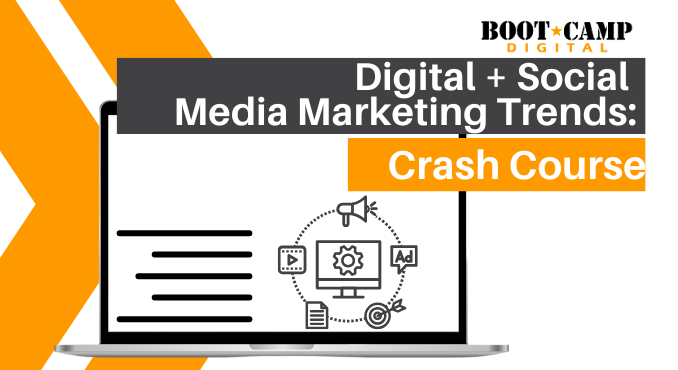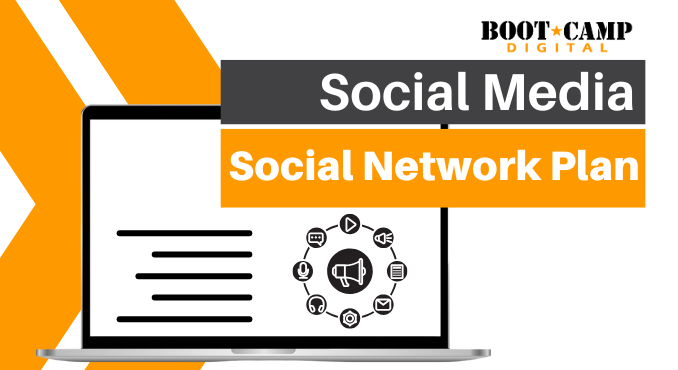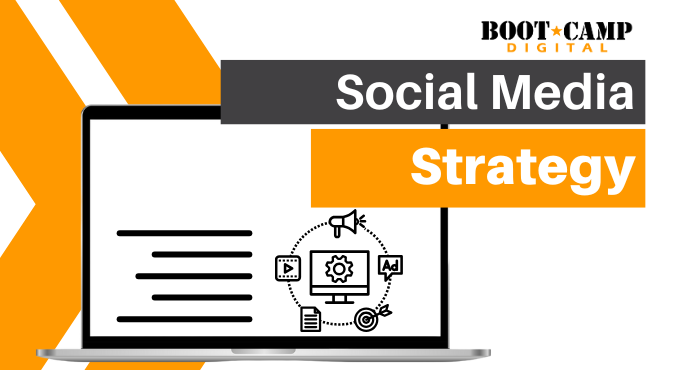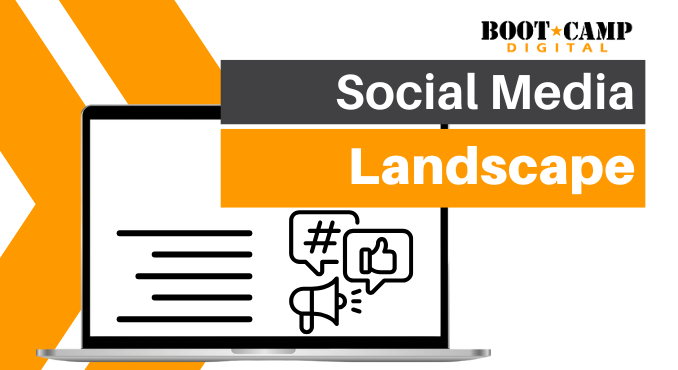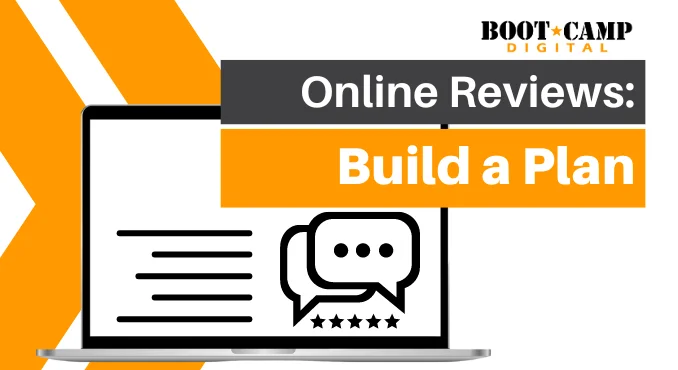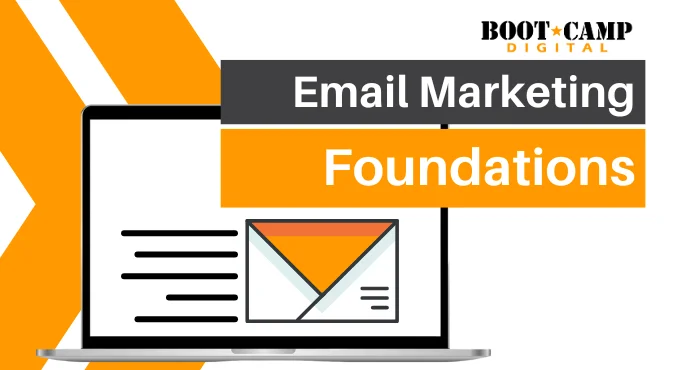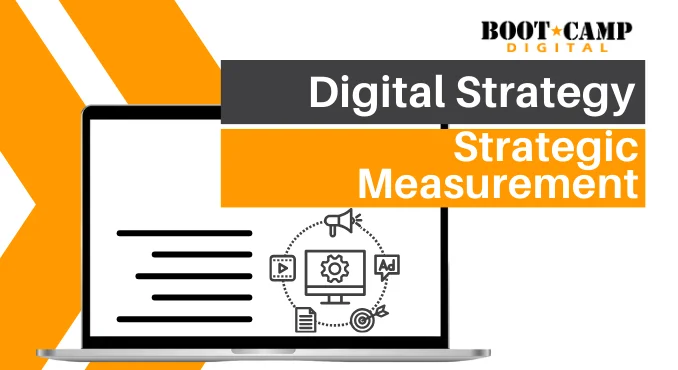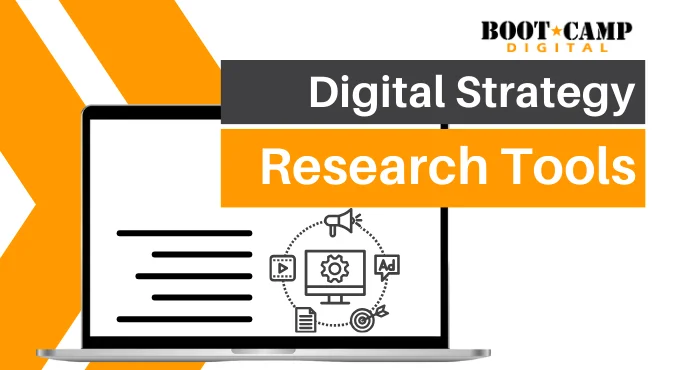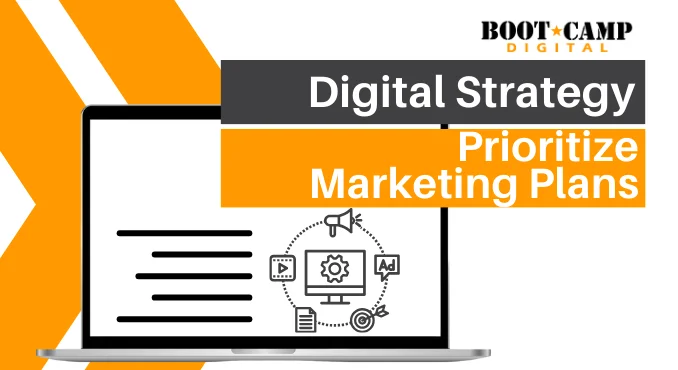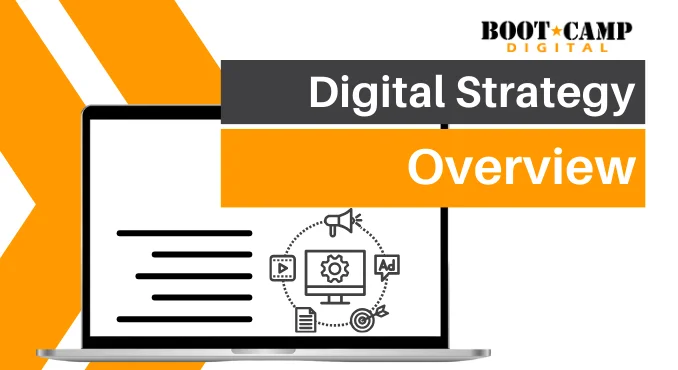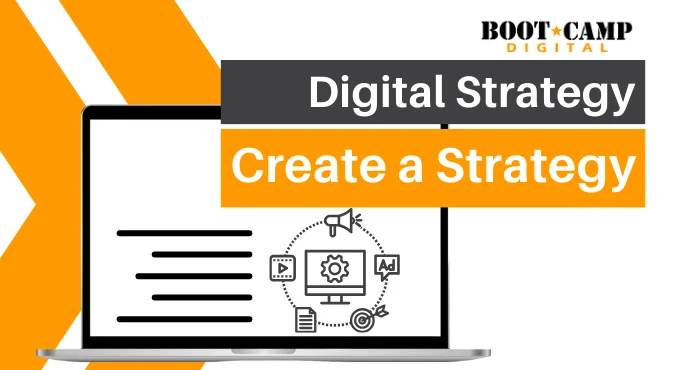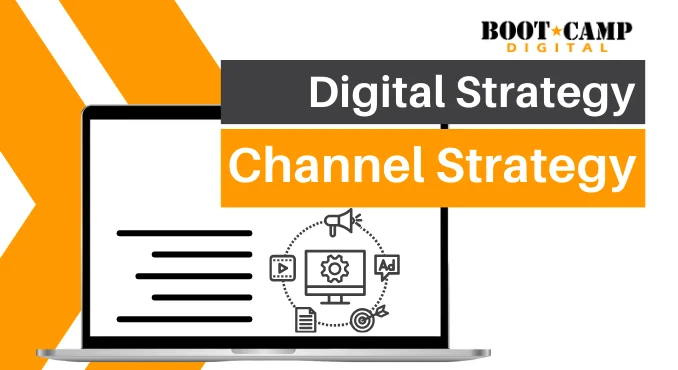When it comes to digital marketing it can be difficult to make priority calls. Where should you spend your time and effort? What should you invest in? What is a time suck that won’t really help you to move your business forward.
We’ve developed a new framework to help businesses make smarter choices in the digital marketing strategy.
The Digital Prioritization Framework
When evaluating where to invest in digital, plot your digital investment choices on the chart below based on the investment and the impact. While this may seem obvious, the framework allows you to easily see and compare the expected ROI of each project. Based on the quadrant that each project lands in you can easily make decisions about where to spend your time and effort.
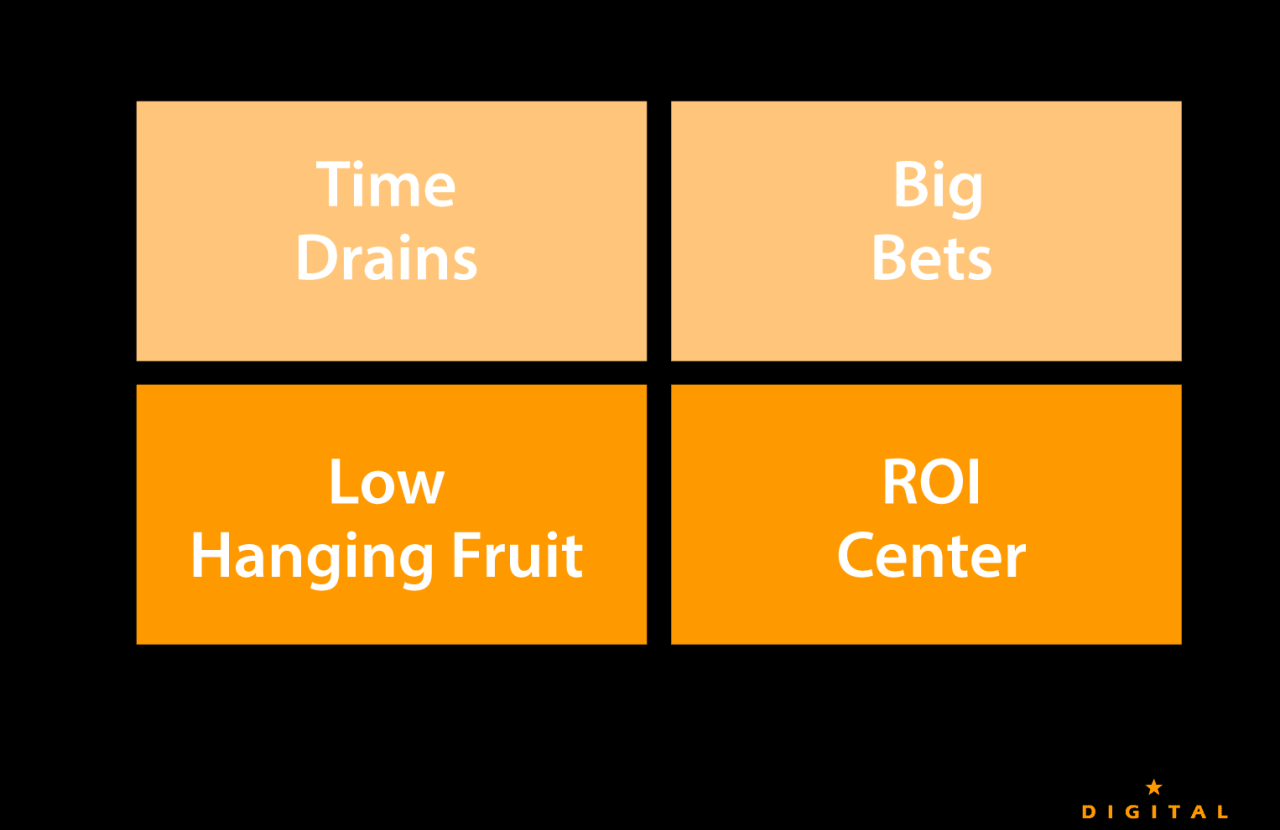
You can use this framework by either formally and consistently calculating the cost/investment or simply using your gut to quickly decide where your projects fall.
Define the Investment
Defining the investment is an important first step. While it may seem obvious we often under-estimate the true cost of digital initiatives. Consider all costs when defining your investment including:
- Building/launch costs
- Media costs
- Indirect costs
- Time
- Tools
- Going/running costs (after launch)
- Promotion costs
- Content costs
- Update costs
- Management time/meetings
- Cost avoidance/reduction (to offset investment)
One of the common mistakes that we see is thinking something is “easy” and failing to see all of the steps involved and their relative complexity and costs. This is true of both big projects and small from small and big businesses.
Defining the Impact
The impact can be difficult to define. It is often short-sighted (and extremely difficult) to tie a direct sales impact to any project or effort, it is often easier to think at a high level about the impact that a project will have on your business. The idea isn’t to be 100% accurate on the impact (that would be almost impossible) – the idea is to plot projects correctly relative to one another so that you can make choices.
- Strategic impact
- Tangible benefit (reach, clicks, sales, leads, etc.)
- Impact relative to business goals/objectives
- Cost avoidance
- Cost of not doing it
Consider the size of the impact as well as the importance. For example, a sales video may not reach a lot of people (size) but is very impactful because it reaches people who are ready to buy from me. So it could have a huge impact even though it isn’t reaching many people.
The Results of the Framework
The end result of the Framework should be a clear idea of where you should and should not spend your time. Investment choices can be broken out into 4 quadrants:
- Time Drains – high investment, low impact
These activities take a LOT of time and resources to complete, but don’t necessarily bring you the best return. The activities that fit in here will be different for different businesses, but often we find unproven innovations in here, or the latest hot thing in marketing that has no clear path to revenue/impact. In general, these are activities that should be AVOIDED. - Big Bets – high investment, high impact
These activities can give you a great reward but take a fair amount of time. A balanced digital marketing investment portfolio should have a few big bets. The watch-out here is taking on too many big bets. Choose only as many as you can really resource well and beware of scope/investment creep. - Low Hanging Fruit – low investment low return
These are things that are quick and easy to do, but aren’t going to have a huge impact on your business results. To the extent that you can knock these out quickly they are worth taking on. The key is not to spend too much time on them so that they become higher and higher investment. - ROI Center – low investment, high impact
This is where you get your real results and should be the center of the focus of your digital investment. This is where you will get the best ROI — by focusing on the areas that are highly impactful but low in resources you can make the biggest business impact.
Watch-Outs of Using the Framework
There are a few watch-outs to using the framework:
- Be sure you understand the full costs
- Look for easier ways to achieve results for your high investment activities. Can you use existing technology?
- Some things need to be done even if they aren’t growing your business. Critically evaluate these things.
- Beware of the low hanging fruit – it is easy to spend a LOT of time here but miss the ROI center
- Think long-term and short-term to be sure that you aren’t ignoring things that matter in the longer term but aren’t as impactful today


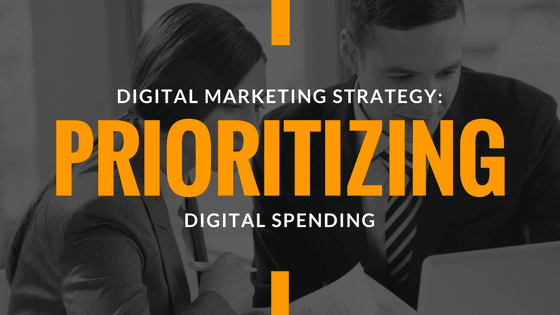

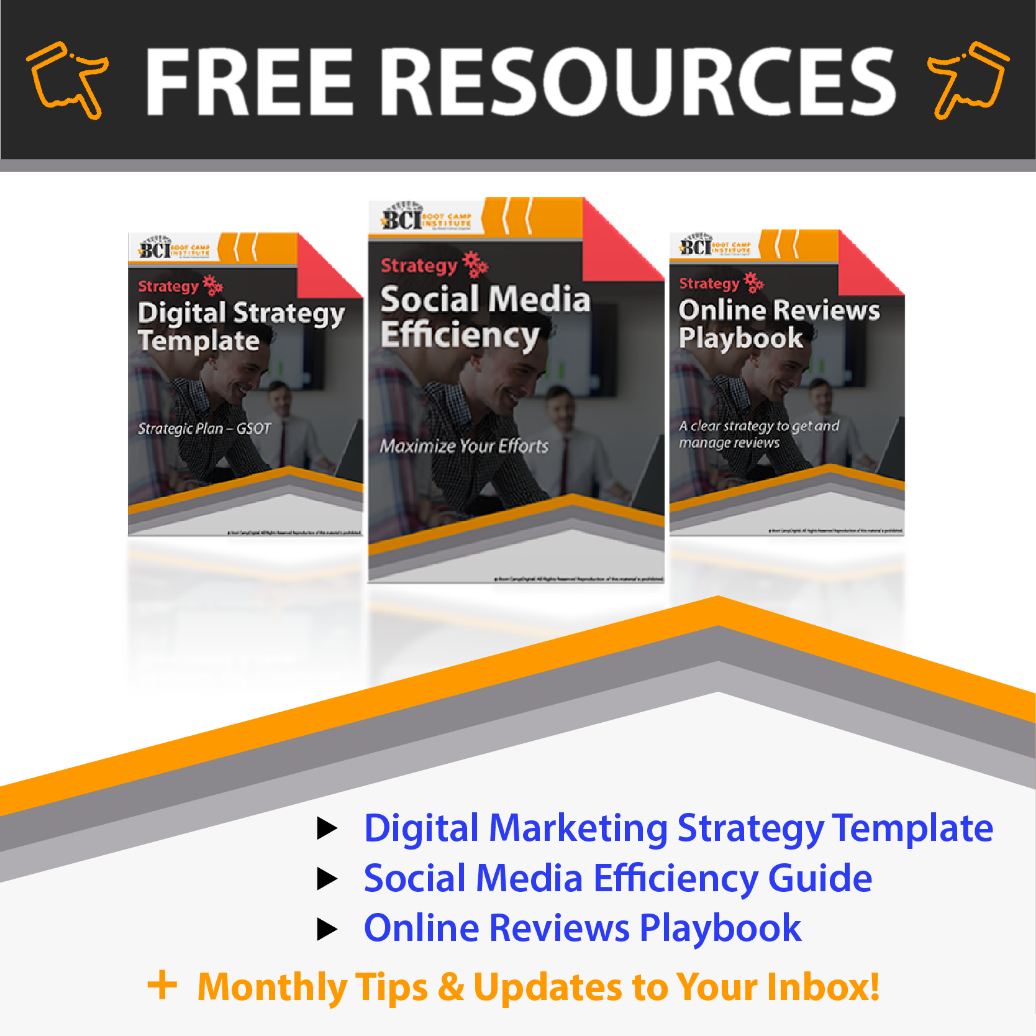
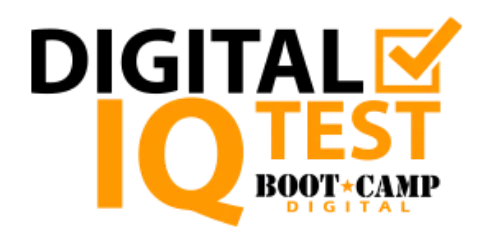
![The BEST Social Media Network Comparison Cheat Sheet [Infographic]](https://bootcampdigital.com/wp-content/uploads/2024/10/Get-Ahead-of-the-Curve-with-The-Social-Media-Platform-Cheat-Sheet--300x167.png)
![Best Practices for Every Social Network Cheat Sheet [Infographic]](https://bootcampdigital.com/wp-content/uploads/2024/10/DMTAW-Blog-Image-Template-2022-1-3-300x167.png)

